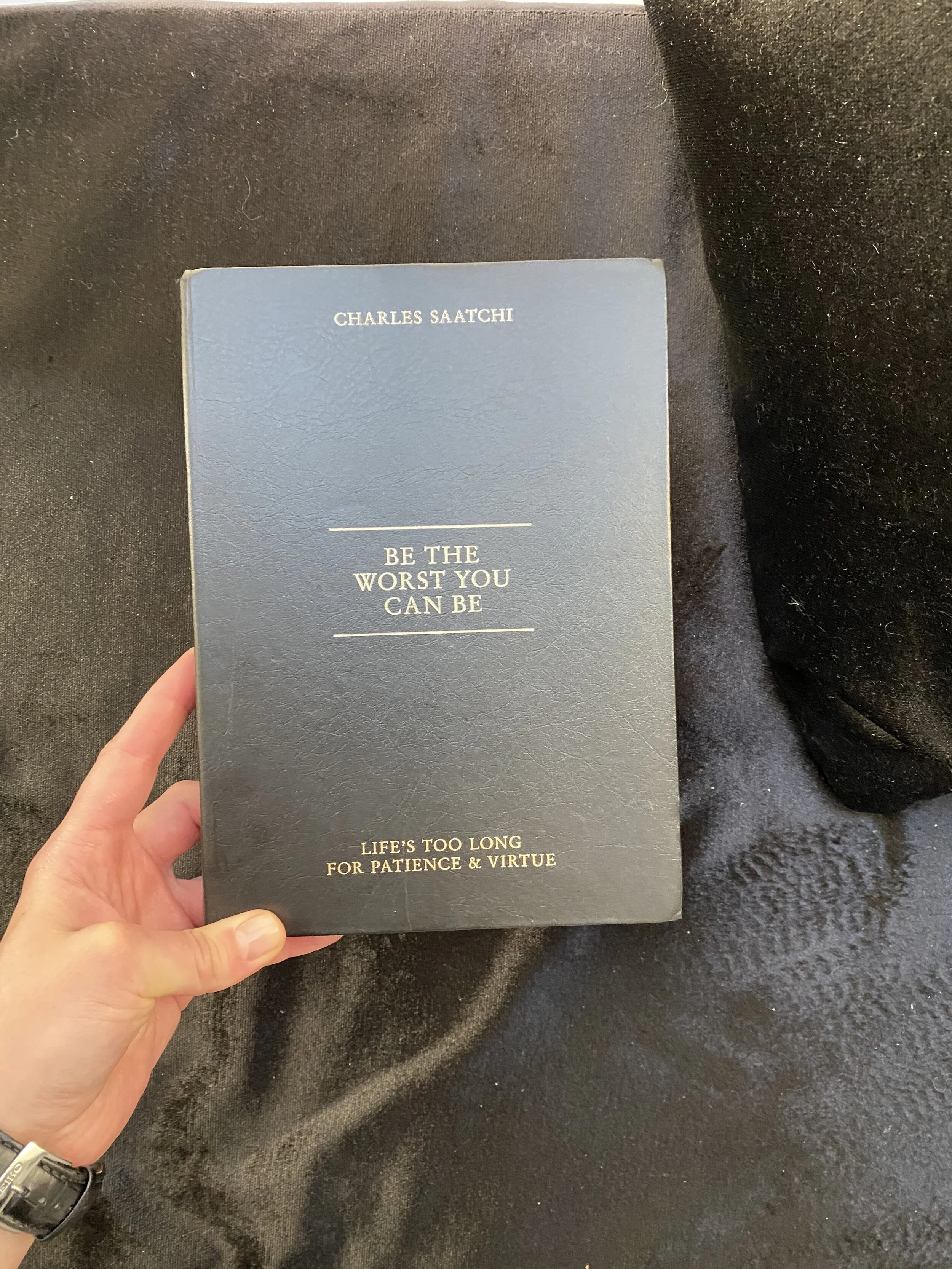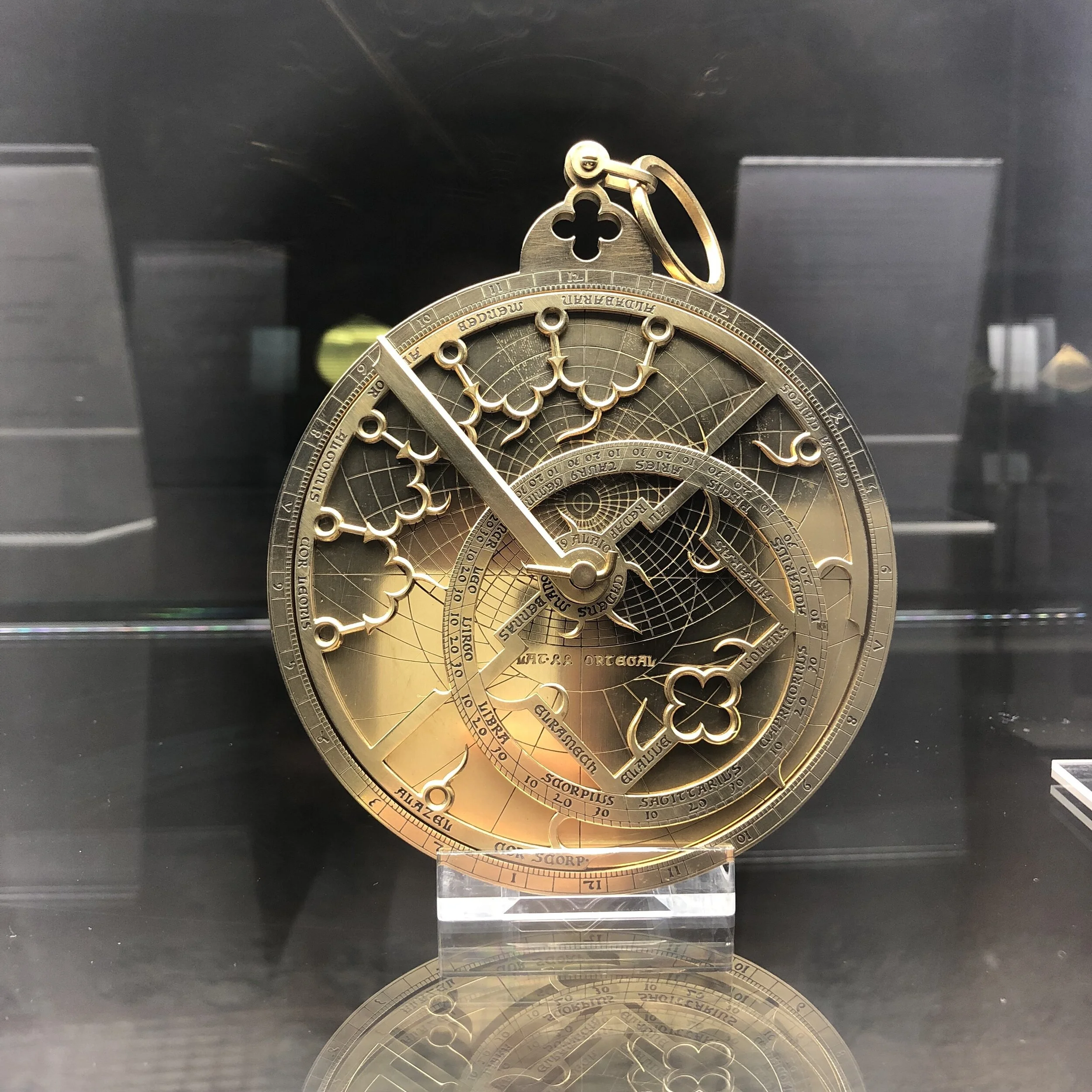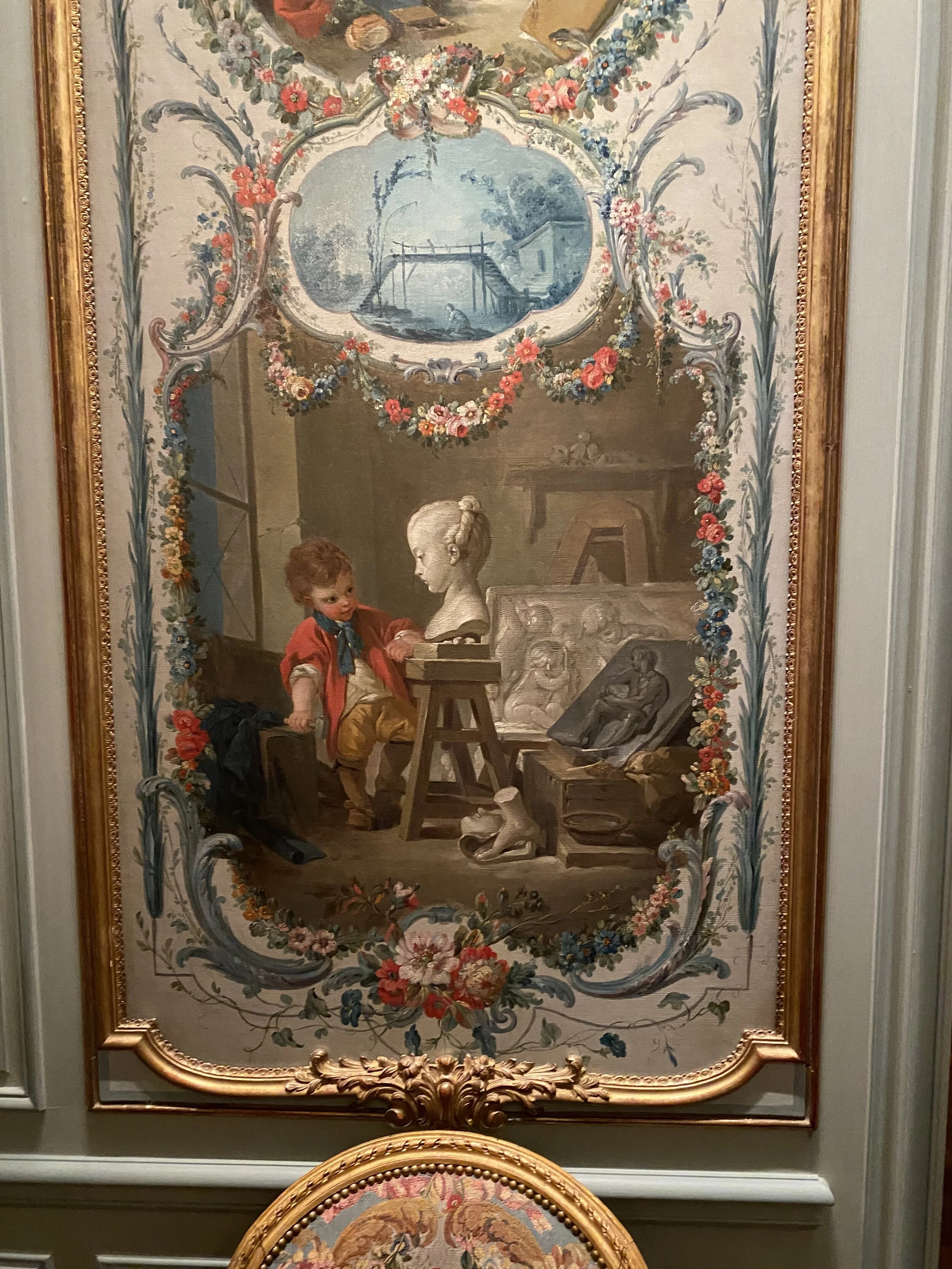“Depression is anger without enthusiasm”
This week I have finished “Great Books” by David Denby (picked this book for $1 in the Strand’s dollar bins - they are just so tempting and filled with absolutely random book-selection). The writer is a journalist in his late 40th, married and with kids, when he decides to go back to the university (Columbia University in New York) to retake his classical literature courses and recounts conversations in class, reflections outside of class and his deeper relationship with the characters in the classics. Even though the book was written in the 1990, the writer discusses topics that surprisingly are still relevant today: “What role should the Western classics and a “Eurocentric” curriculum play in a country whose population was made up of people from many other places besides Europe? Should groups formally without much power-women, as well as minorities - bye asked to read through curriculum dominated by works written baby Dead White European Males? While I am still indecisive about my point of view on these questions, my “to-read” list has definitely expanded to include books that I have previously marked as boring:
* Augustine “City of God” and “Confessions”
* Machiavelli “The Discourses”
* Rousseau “Discourse on the Origin of Inequality”
* Shakespear “King Lear”
* Mill “On Liberty”
* Beauvoir “The Second Sex”
This weekend went to MET museum to the visit the exhibit “ Making Marvels: Science and Splendor at the Courts of Europe”. Coincidently last summer I have visited Istanbul Museum of the History of Science and Technology and comparatively, pieces at the MET felt more as “beautiful tools” as opposed to scientific instruments. And frankly it should be unsurprising, since while Europe was in dark ages and courts of Europe considered watches to be the epitome of science, from 9th to 16th century Muslim scholars were inventing astrolabe, clepsydra, paper mills and syringe. I was just slightly disappointed that this course of history was not highlighted or explained.
Astrolabe (early 10th Century). Copy displayed in Istanbul Museum of the History of Science and Technology in Islam; original is kept in Museum of Islamic Art in Cairo
Drinking Horn, 1540-1550, exhibited in Metropolitan Museum of Art
The pieces that impressed me were automata, mechanized figures based on the same self-moving gear systems that powered the clocks that serve as a reminder of our craving as humans to create artificial life even in 15th century.
Automata stimulated philosophical discussions on the human ability to create machines that mimic our movement or react intelligently to commands. Many theorists describe God as the greatest of all clockmakers, who set the vast mechanism of cosmos in motion. Debates about automata contributed to the development of a mechanistic theory of human life popularized by thinkers such as Rene Descartes during the early Enlightenment. In a way, our current work in the field of Machine Learning similarly spurs the debates on our human information processing, language understanding, visual comprehension and information categorization.
Here are some amazing examples of early robots from 15th century.
The draftsman writer (1800) - androids capable of writing and drawing
Miraculous Writing Machine (1760). The machine writes through the hand of the small statue seated at the top. Up to 107 words can be programmed.
Automation in the form of the Monk (1550). Through its origins are shrouded in mystery, one legend proposes that this marvel was made after a relic of the contest between the human clockmakers and the divine.
Reproduction of The Chess Player (The Turk) Original (1769). Touted as an android that could defeat chess masters. This robot was a hoax since the Turk operated via a concealed operator, who controlled each movement from inside the cabinet by candlelight, pulling levers to operate the Turk’s arm and keeping track of the moves on their own board. ** Amazon named it’s manual sorting service after the Machine. [Currently Mechanical Turks do not receive favorable press]([The Online Hell of Amazon’s Mechanical Turk - The Atlantic](https://www.theatlantic.com/business/archive/2018/01/amazon-mechanical-turk/551192/))
“Genius of Electricity” by A. Bordiga This statue was shown at the Paris Exposition of 1889 where Edison had many large exhibits and where the statue was seen by him. It portrays a young boy with wings, holding aloft a real Edison bamboo filament light bulb which lights. He is perched atop a gas street lamp, with a voltaic pile and a telegraph sounder at his feet. This statue was purchased from the sculptor Dec. 4, 1889 by Edison through Wm J. Hammer, for 8,500 francs, plus $800.00 duty, plus shipping charges. Surprisingly, almost no pictures of it online. Here is a picture of Edison with the statue on the background - results were produced with Google similarity search.
The distinguished Russian artists Komar & Melamid decided to interpret a market research survey about aesthetic preferences and taste in painting. In 1995 they created America’s Most Wanted and America’s Unwanted paintings. The survey asked people’s favorite color, preference for outdoors or indoors scenes, religious or non-religious theme, preference for representation of reality or imaginary subject, hard angles or soft curves, vibrant palette or darker shades, wild animals or domestic, men or women, figures working, at leisure or posed,…erc. The list of questions was exhaustive, and enabled the artists to create the works that the survey decreed would best offer an accurate reflection of what Americans want their paintings to look like and what they don’t want them to look like.
You can read about the project and see the other countries here. The data-driven art choices are absolutely hilarious and ironic. The survey results from 1995 put to shame most contemporary art-related data visualizations.
The Frick museum does not allow pictures, but managed to take this photo in Boucher room before I was gushed by the security guard. The room has 8 canvases that depict children like miniature adults engaging in work from everything from architecture to poetry and music. On my visits to this room I always get a rushed feeling to come back to work and “go make things”. Maybe these paintings are precursors to the newest YouTube trend of “With Me “ videos - simple videos of people film themselves going about ordinary tasks like cooking, studying, cleaning, or exercising.











